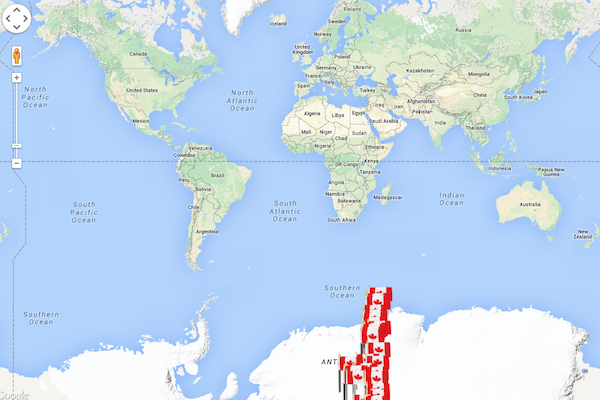I’m learning to do stuff!
As a first project I wanted to learn to use the twitter API, and play around a little bit with visualization. I was inspired by this research, that maps the uses of ‘um’ and ‘uh’ by Americans on twitter.
Here in the US, I’m teased mercilessly, particularly by my linguist colleagues, for my Canadian ‘eh’. I figured I could use a little bit of solidarity, so I set about to seek down Canadian expats living in the US by searching twitter for ‘eh’. With the help of my super smart girlfriend I used tweepy to look for tweets containing geolocation data, originating in the United States, in English, and containing the letters ‘eh’ as an isolated word. This worked pretty well as a first pass, but it turns out that lots of people use ‘eh’ to express basically the equivalent of ‘meh’.
Some examples:
- “Eh I think you’ll survive the pain it’s quick”
- “Eh I’m already over it”
- “Eh. Forget it.”
So I refined it slightly to look for ‘eh’s that are either after a word boundary or follow a comma. This rules out sentence-initial ‘eh’s, and also matches the correct prosody for the Canadian eh. This seemed to work in that most of the tweets I’m capturing are what I had in mind (though they’re certainly not necessarily from Canadians, but nevermind).
- “I hear you were trotting round my parts Monday, eh?”
- “good world we live in, eh?”
- and my personal favourite: “A Seattle driver just waved thanks to me for letting him merge? Oh wait, he had Canadian plates, eh?”
Ok, so maybe we’re not getting Canadians specifically, but whatever. The next step was to plot the tweets on google maps using their API. That was pretty straightforward; I had a few problems with the coordinates originally (it looked like this)

Basically the only fancy thing I did was to use marker clusterer to handle overcrowding of icons on the map. The successful version looks like this:

Last step was to deploy on heroku! Check it out here. Code is here.
